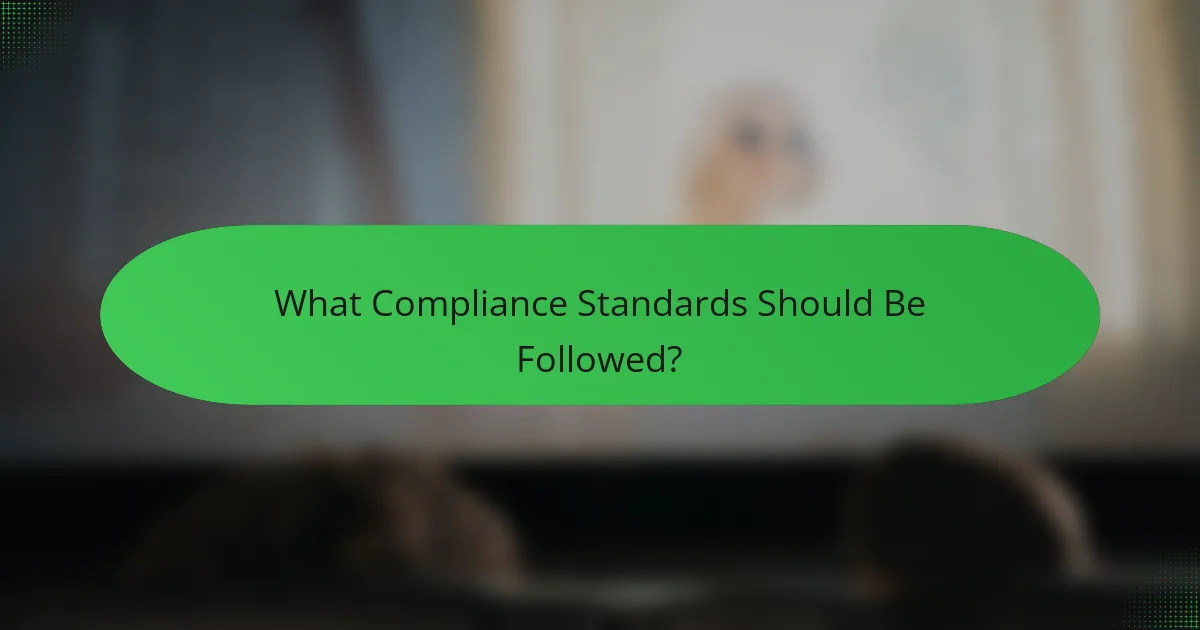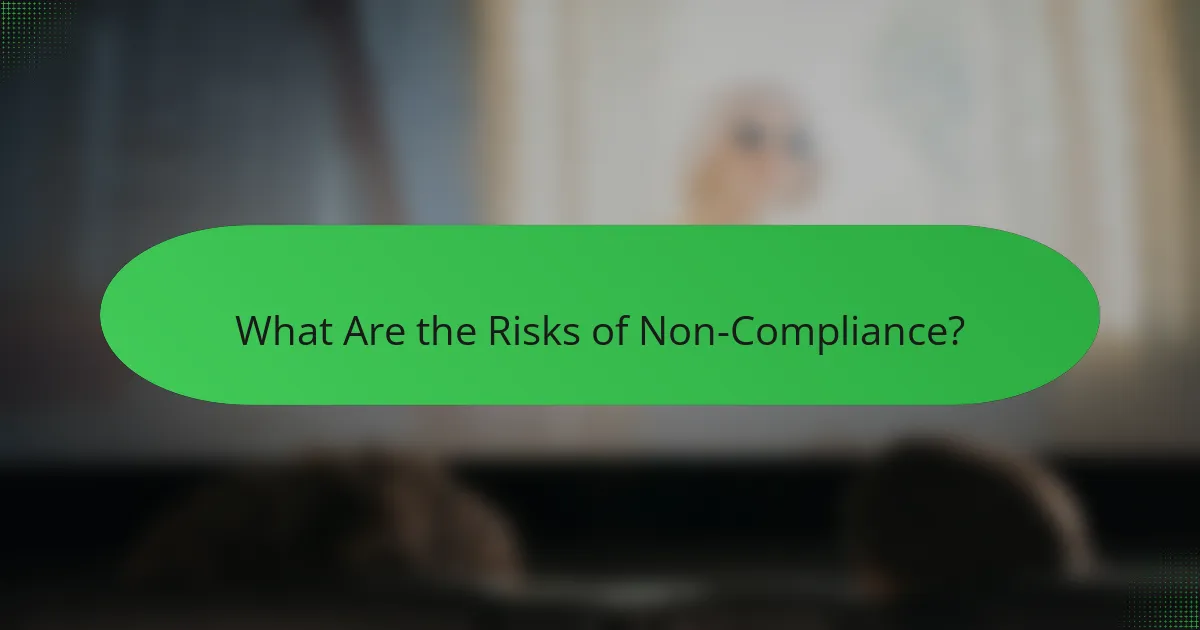In today’s digital landscape, implementing robust security measures is crucial for online platforms to ensure user safety and data protection. Key strategies such as data encryption, multi-factor authentication, and regular security audits not only safeguard sensitive information but also help organizations comply with regulatory standards. By prioritizing these practices, businesses can maintain user trust and protect their data from potential breaches.

What Are the Key Security Measures for Online Platforms?
Key security measures for online platforms include data encryption, multi-factor authentication, regular security audits, access controls, and incident response plans. These strategies help protect sensitive information, ensure compliance with regulations, and maintain user trust.
Data encryption
Data encryption is the process of converting information into a secure format that can only be read by authorized users. This measure protects data both in transit and at rest, making it difficult for unauthorized parties to access sensitive information.
Common encryption standards include AES (Advanced Encryption Standard) and RSA (Rivest-Shamir-Adleman). Implementing strong encryption protocols is essential, especially for platforms handling personal data or financial transactions.
Multi-factor authentication
Multi-factor authentication (MFA) adds an extra layer of security by requiring users to provide two or more verification factors to access their accounts. This could include something they know (a password), something they have (a smartphone), or something they are (biometric data).
Using MFA significantly reduces the risk of unauthorized access, as it makes it more challenging for attackers to compromise accounts. Consider implementing MFA for all user accounts, especially for those with access to sensitive information.
Regular security audits
Regular security audits involve systematically reviewing and assessing the security measures in place on an online platform. These audits help identify vulnerabilities, ensure compliance with regulations, and evaluate the effectiveness of existing security protocols.
Conducting audits at least annually, or more frequently if significant changes occur, is advisable. Engaging third-party security experts can provide an objective assessment and uncover potential weaknesses that internal teams may overlook.
Access controls
Access controls determine who can view or use resources within an online platform. Implementing robust access control measures ensures that only authorized personnel can access sensitive data and systems, reducing the risk of data breaches.
Consider using role-based access control (RBAC) to assign permissions based on user roles. Regularly review and update access permissions to reflect changes in personnel or job responsibilities.
Incident response plans
An incident response plan outlines the procedures to follow in the event of a security breach or data loss. Having a well-defined plan helps organizations respond quickly and effectively, minimizing damage and restoring normal operations.
Key components of an incident response plan include identification, containment, eradication, recovery, and lessons learned. Regularly testing and updating the plan ensures that all team members are familiar with their roles and responsibilities during a security incident.

How Can Businesses Ensure Data Protection?
Businesses can ensure data protection by implementing comprehensive strategies that focus on minimizing data collection, securing storage, and training employees. These measures help safeguard sensitive information and maintain compliance with relevant regulations.
Data minimization practices
Data minimization involves collecting only the information necessary for specific purposes. Businesses should evaluate their data needs regularly to avoid unnecessary data accumulation, which can increase risk exposure.
For example, if a company only requires customer email addresses for communication, it should refrain from collecting additional personal details unless absolutely necessary. This practice not only enhances security but also aligns with regulations like GDPR, which emphasize data minimization.
Secure data storage solutions
Secure data storage solutions are essential for protecting sensitive information from unauthorized access. Businesses should utilize encryption, both at rest and in transit, to safeguard data against breaches.
Cloud services with strong security protocols and local data centers can provide reliable storage options. Regularly updating security measures and conducting vulnerability assessments can further enhance data protection.
Employee training programs
Employee training programs are crucial for fostering a culture of security awareness within an organization. Regular training sessions should cover topics such as phishing attacks, password management, and data handling best practices.
Incorporating real-life scenarios and simulations can help employees recognize potential threats. Additionally, establishing clear protocols for reporting security incidents can empower staff to act swiftly in case of a data breach.

What Compliance Standards Should Be Followed?
Compliance standards are essential for ensuring online platform safety, data protection, and regulatory adherence. Organizations must follow specific regulations to safeguard user data and maintain trust.
General Data Protection Regulation (GDPR)
The General Data Protection Regulation (GDPR) is a comprehensive data protection law in the European Union that governs how personal data is collected, processed, and stored. It applies to any organization that handles the data of EU citizens, regardless of where the organization is based.
Key requirements include obtaining explicit consent from users, providing transparency about data usage, and ensuring the right to access and delete personal data. Non-compliance can result in hefty fines, often reaching up to 4% of annual global revenue.
California Consumer Privacy Act (CCPA)
The California Consumer Privacy Act (CCPA) grants California residents specific rights regarding their personal information. It mandates businesses to disclose what personal data is collected, how it is used, and with whom it is shared.
Under the CCPA, consumers have the right to opt-out of the sale of their personal data and request deletion of their information. Companies must implement processes to facilitate these rights, or they risk facing penalties of up to $7,500 per violation.
Health Insurance Portability and Accountability Act (HIPAA)
The Health Insurance Portability and Accountability Act (HIPAA) sets the standard for protecting sensitive patient information in the healthcare sector. It applies to healthcare providers, insurers, and any business associates that handle health information.
HIPAA requires entities to implement safeguards to ensure the confidentiality, integrity, and availability of protected health information (PHI). Violations can lead to significant fines, ranging from hundreds to millions of dollars, depending on the severity of the breach.

What Are the Risks of Non-Compliance?
Non-compliance with regulations can lead to significant risks for organizations, including legal penalties, damage to reputation, and financial losses. Understanding these risks is essential for maintaining a secure online platform and protecting sensitive data.
Legal penalties
Organizations that fail to comply with legal standards may face severe penalties, including fines and sanctions. These penalties can vary widely depending on the jurisdiction and the specific regulations violated, ranging from thousands to millions of dollars.
In some cases, non-compliance can result in criminal charges against responsible individuals, leading to imprisonment or professional disqualification. Regular audits and compliance training can help mitigate these risks.
Reputation damage
Non-compliance can severely harm an organization’s reputation, leading to a loss of customer trust and loyalty. Once a company is publicly associated with regulatory failures, it may take years to recover its standing in the market.
Negative publicity can deter potential customers and partners, impacting long-term business relationships. To protect reputation, organizations should prioritize transparency and proactive communication about compliance efforts.
Financial losses
Financial losses due to non-compliance can stem from various sources, including fines, legal fees, and lost business opportunities. Companies may also incur costs related to remediation efforts to address compliance failures.
In addition, the long-term impact on revenue can be substantial, as customers may choose competitors with better compliance records. Implementing robust compliance programs can help prevent these financial repercussions.

How to Choose the Right Security Tools?
Selecting the right security tools is crucial for safeguarding online platforms and ensuring data protection. Focus on features, compliance with regulations, and the specific needs of your organization to make an informed choice.
Evaluate features and capabilities
When evaluating security tools, consider their features and capabilities in relation to your specific security needs. Look for tools that offer comprehensive protection, including encryption, threat detection, and user access controls.
Assess the scalability of the tools as your organization grows. For instance, if you anticipate an increase in data volume, choose solutions that can easily expand without compromising performance.
Additionally, consider user-friendliness and integration capabilities with existing systems. Tools that are easy to implement and work well with your current infrastructure can save time and reduce training costs.



